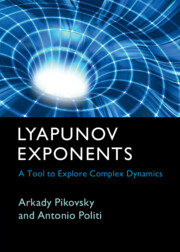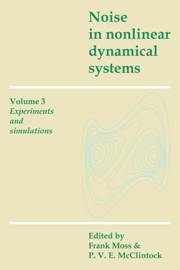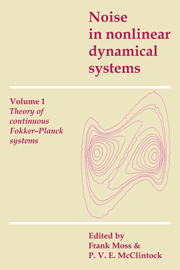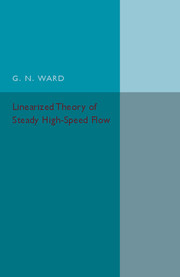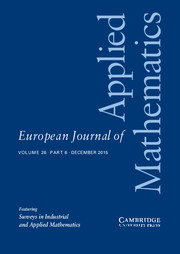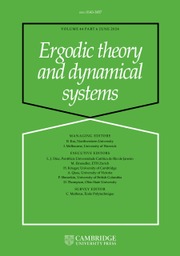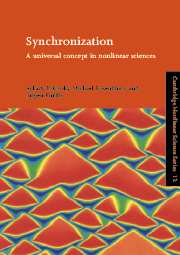Lyapunov Exponents
Lyapunov exponents lie at the heart of chaos theory, and are widely used in studies of complex dynamics. Utilising a pragmatic, physical approach, this self-contained book provides a comprehensive description of the concept. Beginning with the basic properties and numerical methods, it then guides readers through to the most recent advances in applications to complex systems. Practical algorithms are thoroughly reviewed and their performance is discussed, while a broad set of examples illustrate the wide range of potential applications. The description of various numerical and analytical techniques for the computation of Lyapunov exponents offers an extensive array of tools for the characterization of phenomena such as synchronization, weak and global chaos in low and high-dimensional set-ups, and localization. This text equips readers with all the investigative expertise needed to fully explore the dynamical properties of complex systems, making it ideal for both graduate students and experienced researchers.
- An indispensable resource for new starters in the field and for experienced researchers
- This is the first book to utilise a pragmatic, physical approach to the subject, rather than a purely mathematical perspective
- Discusses the application of nonlinear dynamics and chaos theory across a diverse range of disciplines such as physics, applied mathematics, engineering and even biology
Reviews & endorsements
'… it should be required reading for anyone seriously engaged in the quantitative analysis of the dynamics of complex systems.' Robert C. Hilborn, Physics Today
'This book is written for mainly a physics audience but mathematicians may find inspiration seeing how to deal with Lyapunov exponents in practice. The book gives a very comprehensive overview of the currently available tools to explore dynamical systems through the numerical study of Lyapunov exponents, Lyapunov spectra and the extraction of the corresponding Oseledets splitting. Indeed mathematical results assure the existence of exponents and the splitting for a given invariant probability measure but give few clues as to how one may compute, in particular, the splitting. This is dealt with in much detail in the book.' Hans Henrik Rugh, Mathematical Reviews
Product details
February 2016Adobe eBook Reader
9781316468708
0 pages
0kg
80 b/w illus. 3 tables
This ISBN is for an eBook version which is distributed on our behalf by a third party.
Table of Contents
- 1. Introduction
- 2. The basics
- 3. Numerical methods
- 4. Lyapunov vectors
- 5. Fluctuations and generalized exponents
- 6. Dimensions and dynamical entropies
- 7. Finite amplitude exponents
- 8. Random systems
- 9. Coupled systems
- 10. High-dimensional systems: general
- 11. High-dimensional systems: Lyapunov vectors and finite-size effects
- 12. Applications
- Appendices
- Index.

